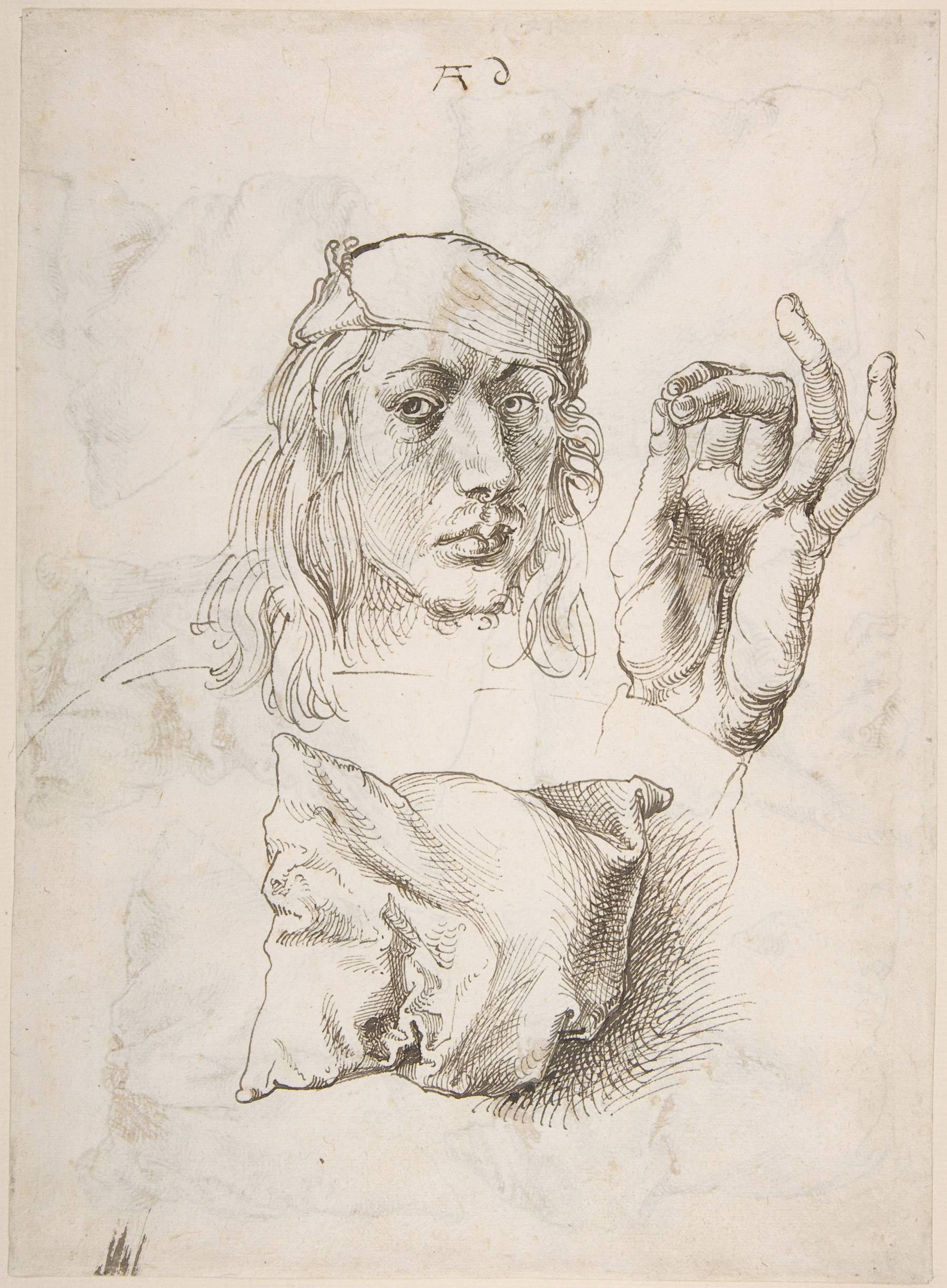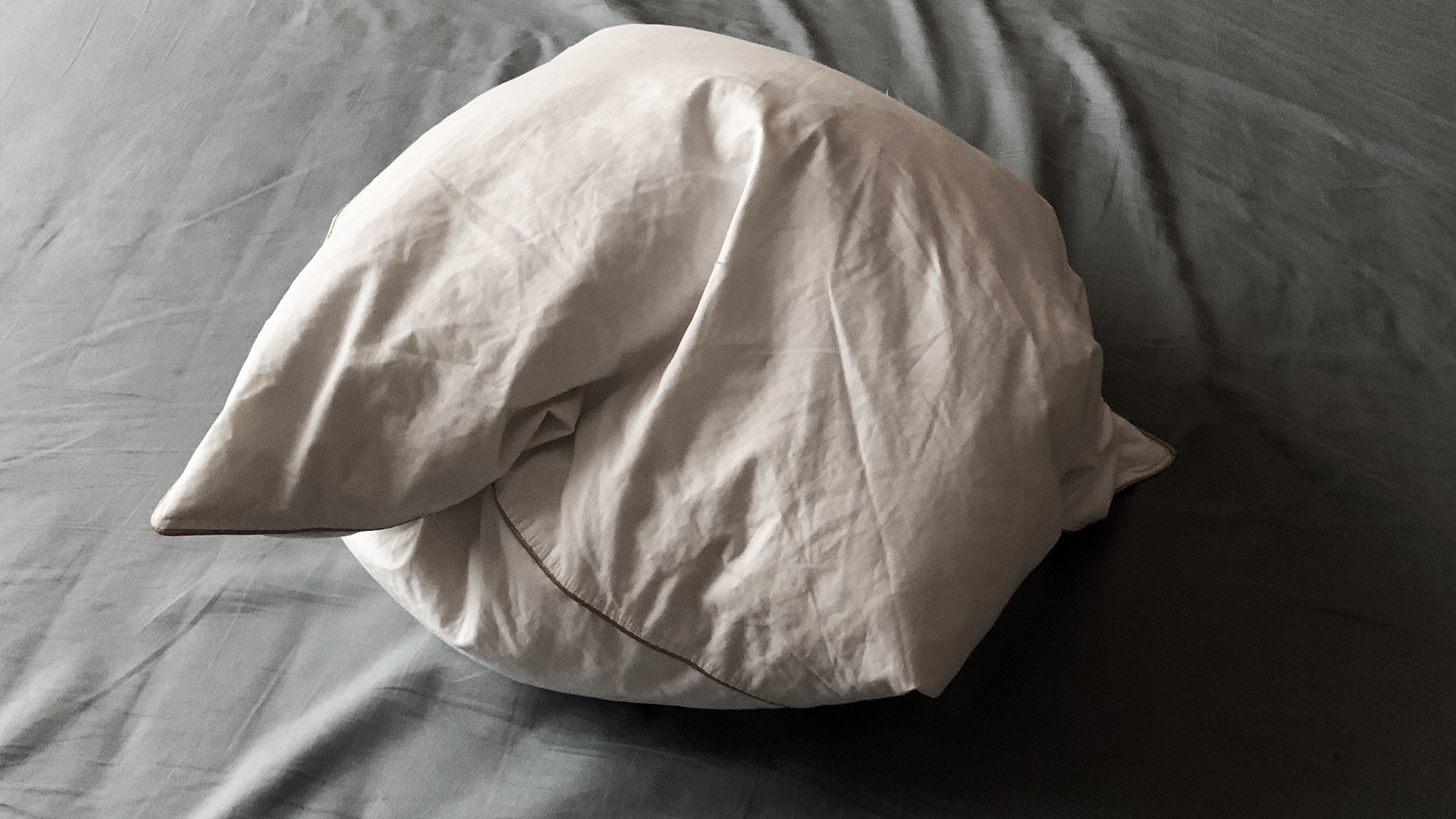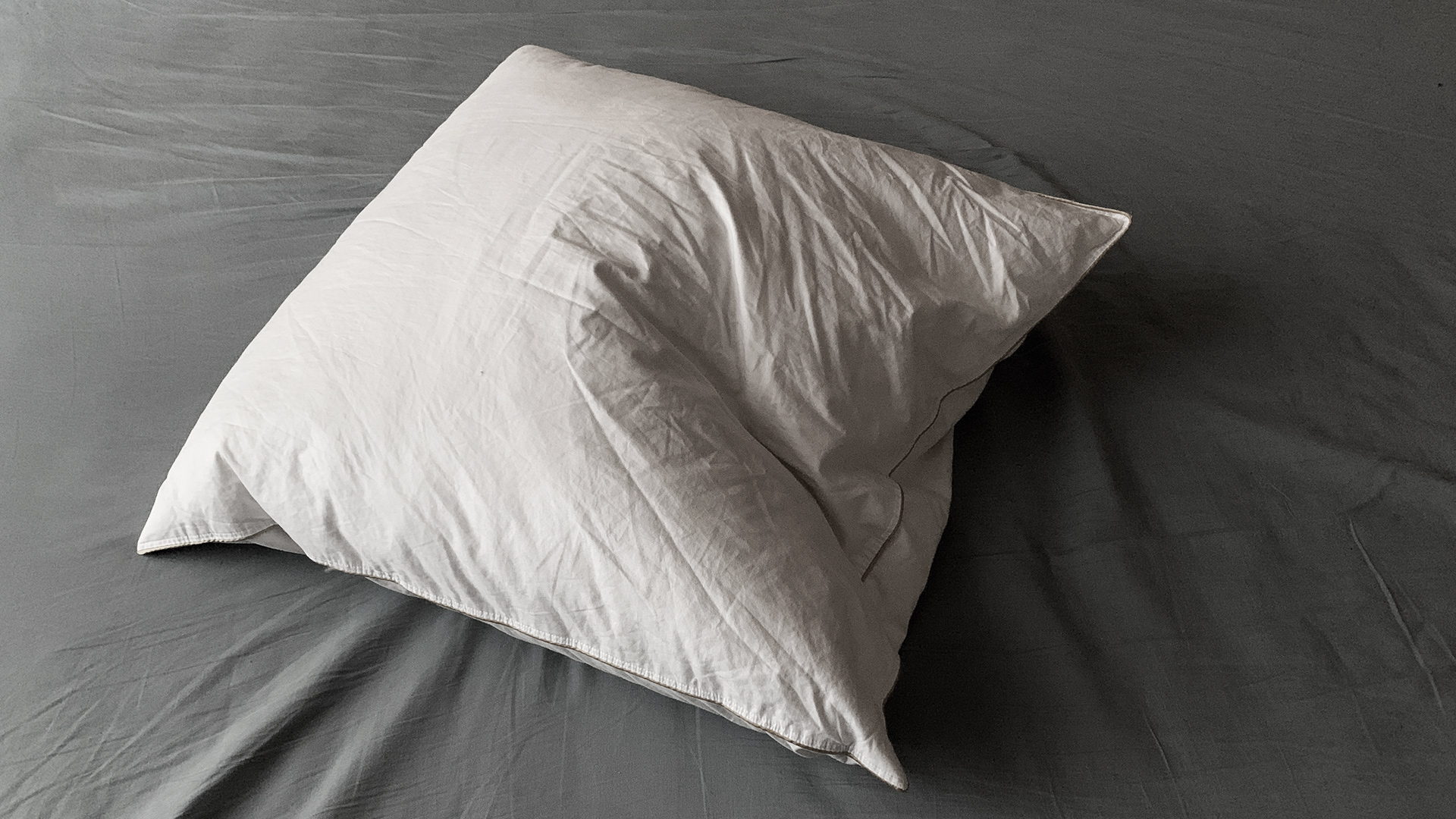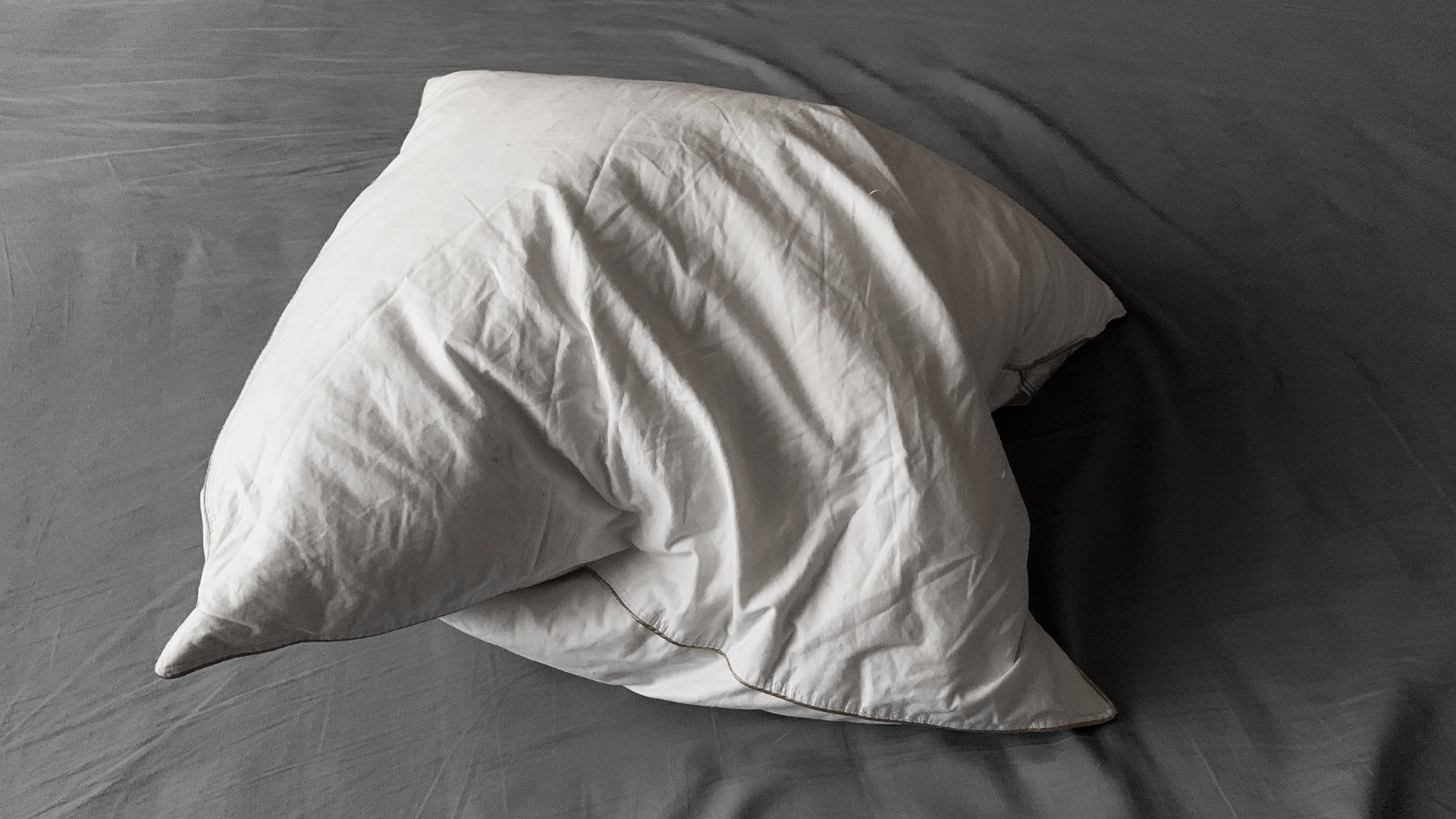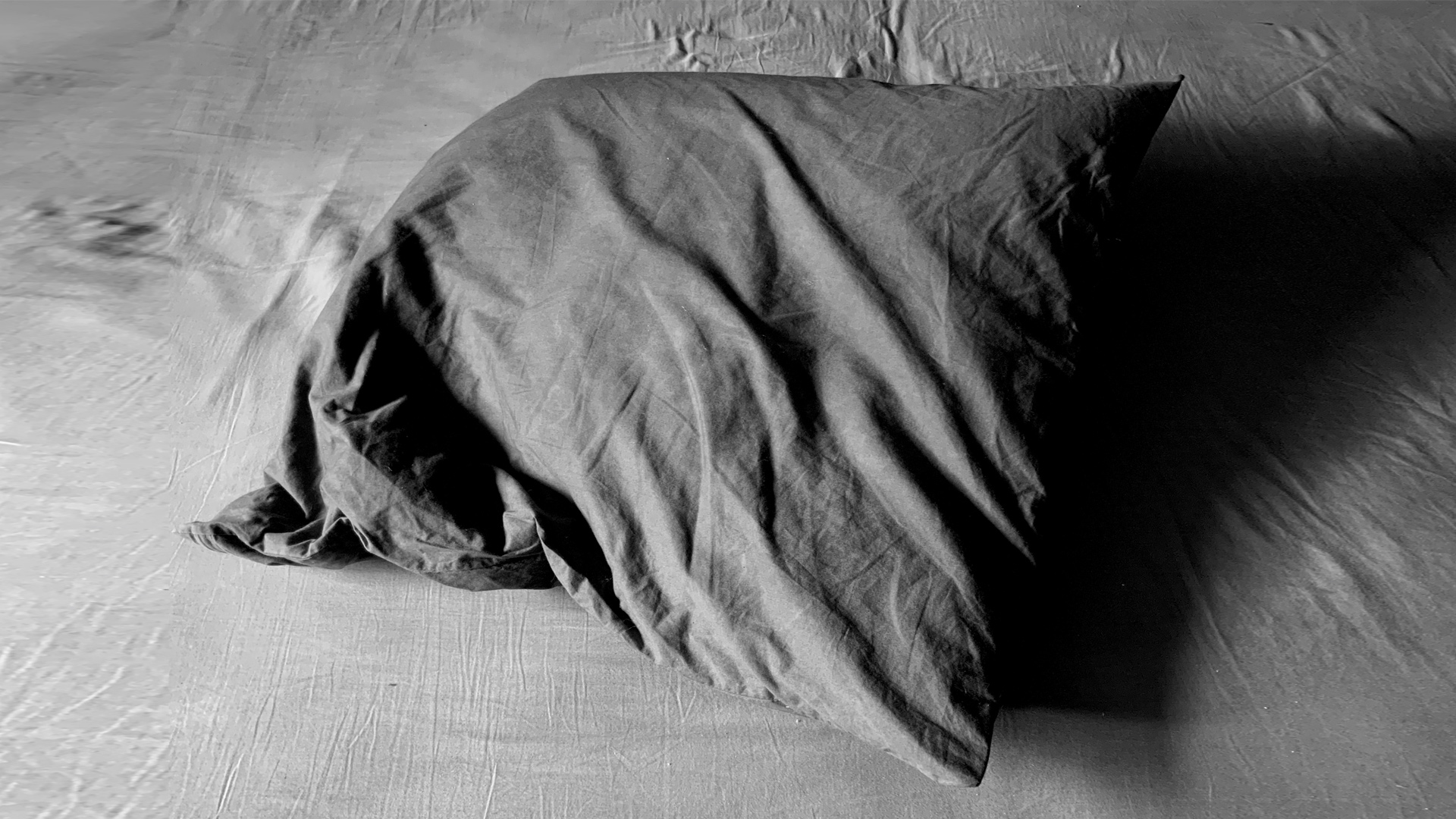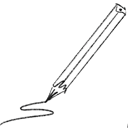Rule 3 | Work with crossing lines
Lesson 2 | Pillows and feelings
40 min.
It is always good to profit from the masters. This is why we have a closer look at Leonardo’s pencil drawing. Here you can learn how he draws the line, each fluttering but all with sovereignty. To develop these skills we need a lot of practice and experience.
Step 1 | Watch how Leonardo draws the line. Then take your own picture of your pillow for sketching.
Start with the tips of the pillow and then find the right directions for the seams to draw.
Try to follow the line of Leonardo in asking yourself: How were his feelings while he drew the line?
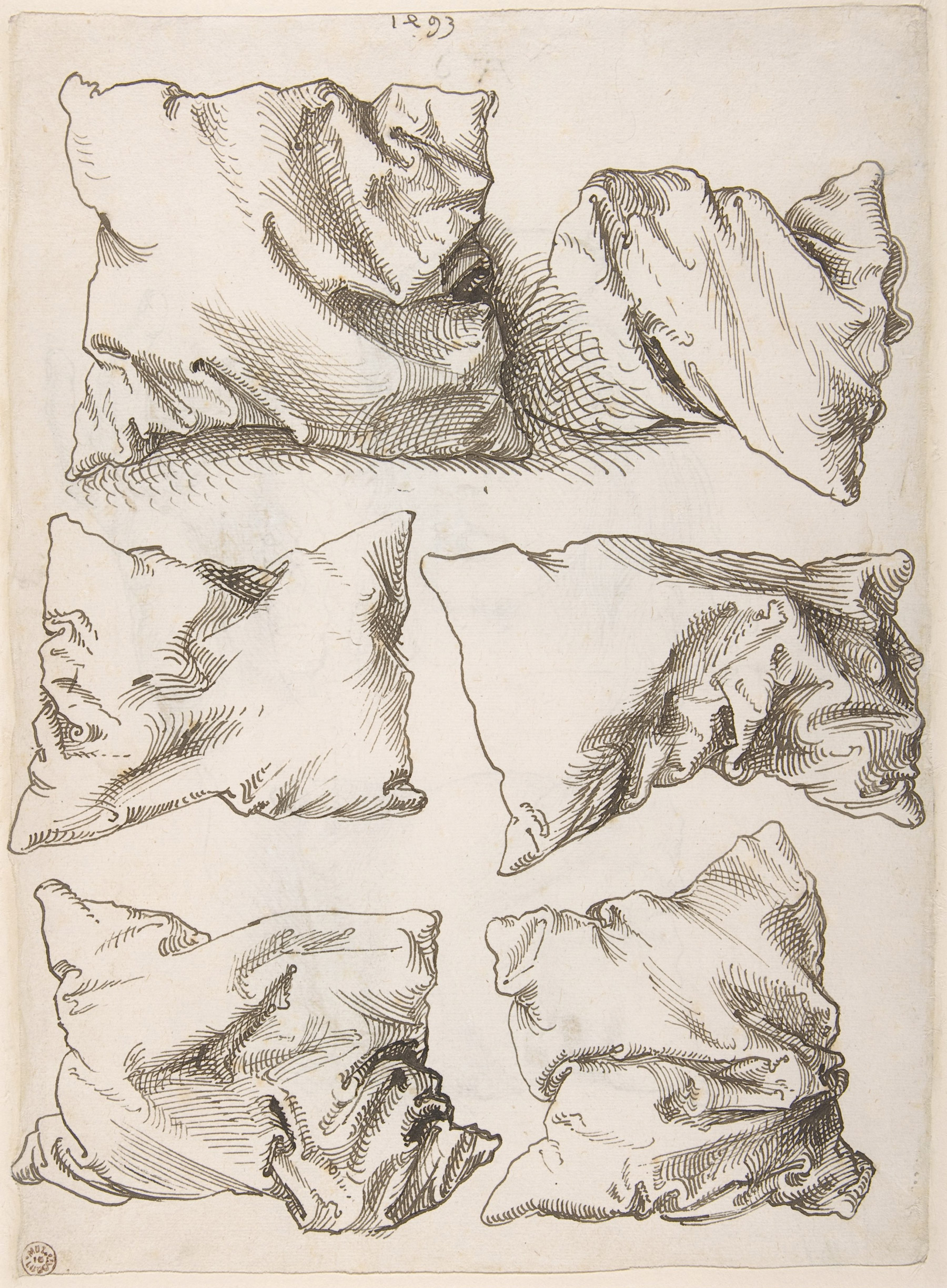
Albrecht Dürer
Self-portrait, Study of a Hand and a Pillow (recto);
Six Studies of Pillows (verso)
1493
Dimensions: 27.8 x 20.2 cm
Script
Hello. Third rule. And this is about crossing lines. Here I have a photo of my pillow. And I recommend you do the same thing with a pillow or a piece of cloth, whatever you have at hand.
Maybe just something like this. Take a photo. So you have the process of reduction of the third dimension already done by your mobile phone. And we start drawing this. How can we draw this with crossing lines? We start at the four tips of this pillow. Meaning that we decide where we want to start. I start with this tip here. And I make a small mark where it shall be. Now, the question is to what direction do the lines go, meaning the seams of the pillow go for the next tip. And to do this, I close when I hold my pencil over this seam, and my fingers, slide along so that I have the same length from the beginning to here. This means, it goes it’s long like this. And the direction, how do I remember that direction? I make construction over the dial of a watch. So this means when I decide to say what is the handle of the watch? What does it point to? So it’s about 10:00. So I do the same thing here. So this would be 09:00 10:00, 11:00. So 09:00, 10:00 here. So we have the other corner tip of the pillow here. And I measured also the length. And I put it here. The same I do for this direction. From this tip to this tip. I hold my pencil directly over the screen. So it’s to 01:00 and that’s the length. So 01:00, something like this. So the other tip is here. And … I go from here … tip … to here.
I measure the length and I put it here. It’s about 10:00, same direction, not maybe 20 to ten, something like this. Okay. So this is the field where my pillow will be in. So what I’m doing, I’m starting to draw it with fluttering lines. Always fluttering lines. And because the first line is only fluttering here, it’s not a sharp edge, but a little bit. Then I do a second line here it goes in and there comes another. And this helps me. Okay, this goes like this. And you see I draw the line with many different lines here. I have a little bit of black underneath. I will mediately put it in. Okay, one long line here. And then we have more lines here. I go to the directions the wrinkles are leading into the form. So this is quite sharp here. I do it here and here again. And you see, wherever I think I’m right for the location where the line should be, I let the lines crossing, meaning all the fluttering lines, start to cross wherever the object seems to be. Right, something like this. Here we have a little indent. Okay, some other lines going to this. Maybe I have this here. Maybe it’s black here. And we have the seam here that goes like this. Okay. When I have done this, maybe I want to add a little bit of grey here on the knees. When I tilt the pencil so that it’s really flat, I hold it like this so it’s really flat. Then the stroke is wider so I can do the black with a shadow underneath a little bit. Okay, that’s pretty nice.
And this is my pillow.
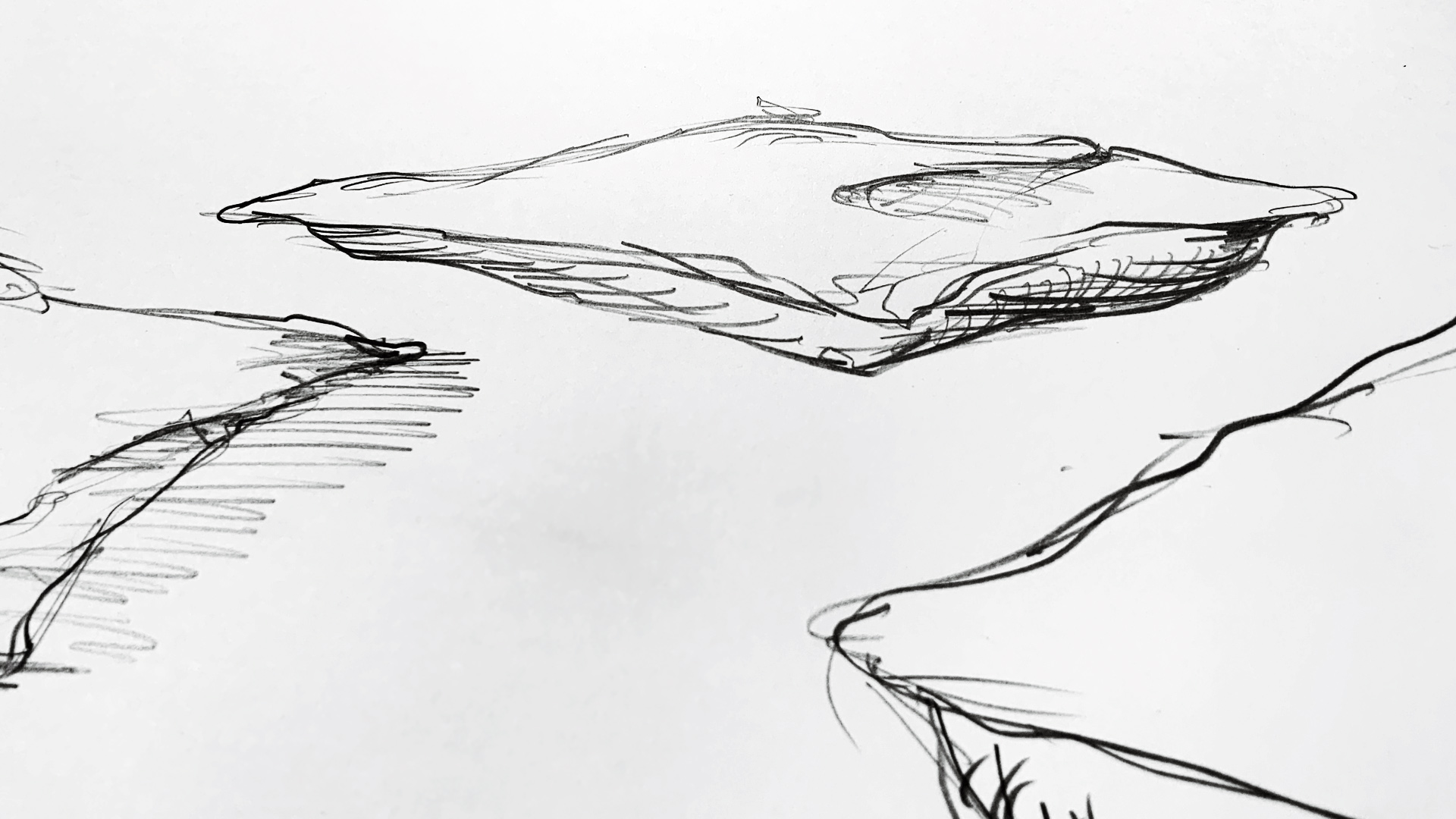
Look closer to a line from a masters pencil
Leonardos’s line is drawn with experience. this is why he is already over the hurdle of crossing lines to find the right form. So we see here it is rather a drawing made after a lot of visual experience. Only sometimes he needs to work with crossing lines.
This means, crossing lines are made for finding the right form.
Observe his drawings and try out to invent your own pillows afterward.
ASSIGNMENT | Sketch some seven pillows or parts like wrinkles. Work from imagination or grab your pillow to observe the lines.
To upload, use the buttons further down.
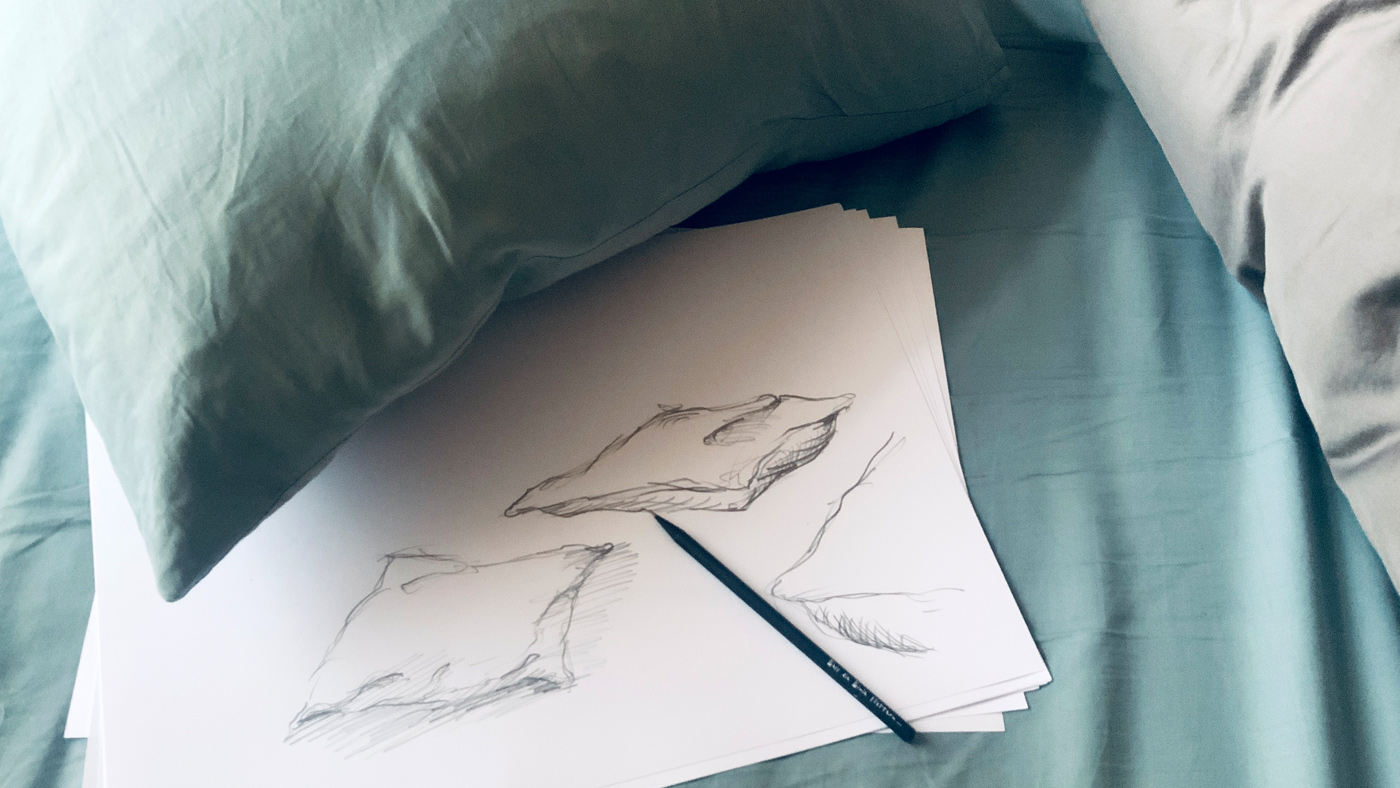
Free trial
Try one lesson and decide if you want to do the whole course. Click for the free trial ...
Certificate
If you want to achieve a certificate that proves your sketching skills, get all your information here ...

